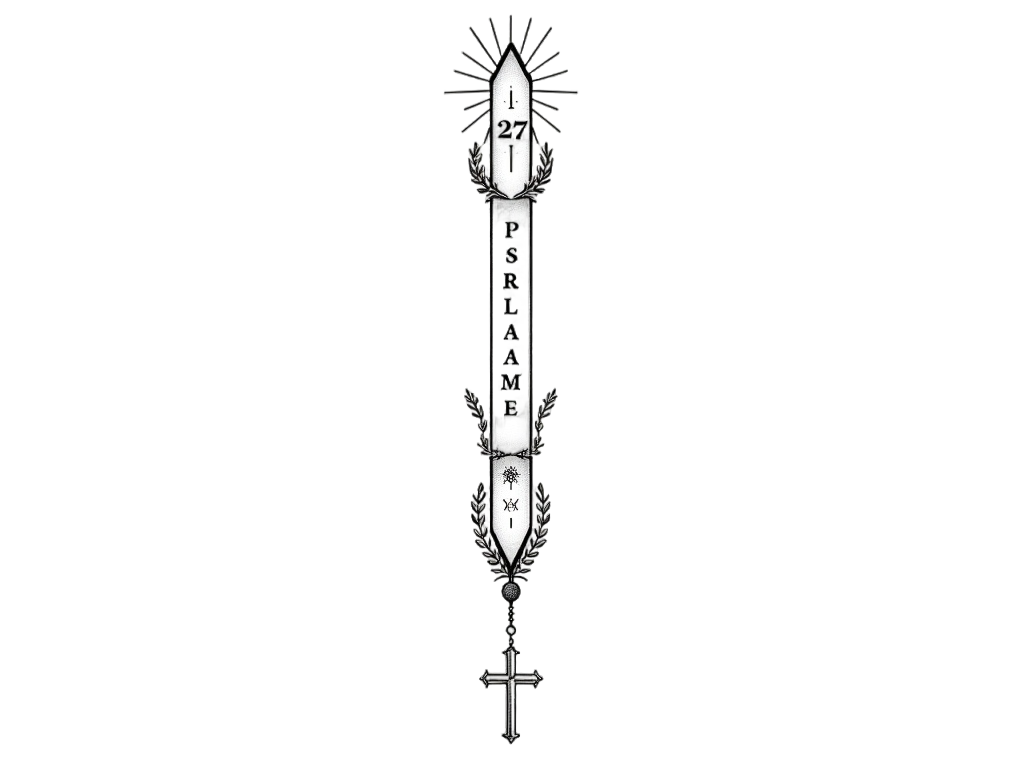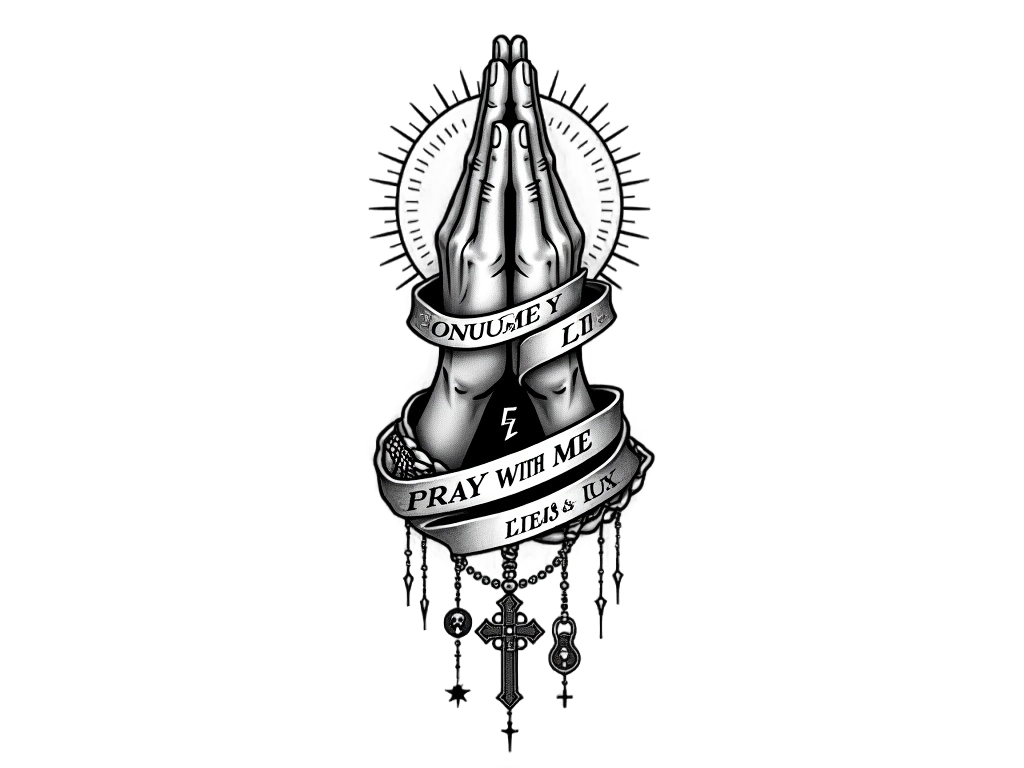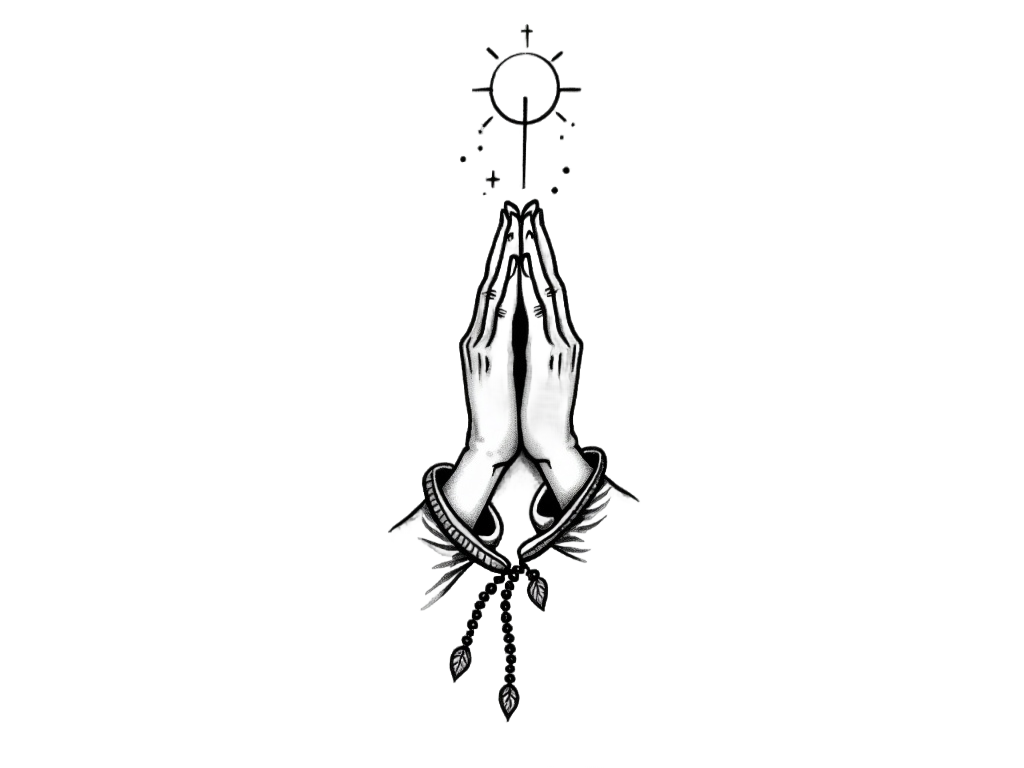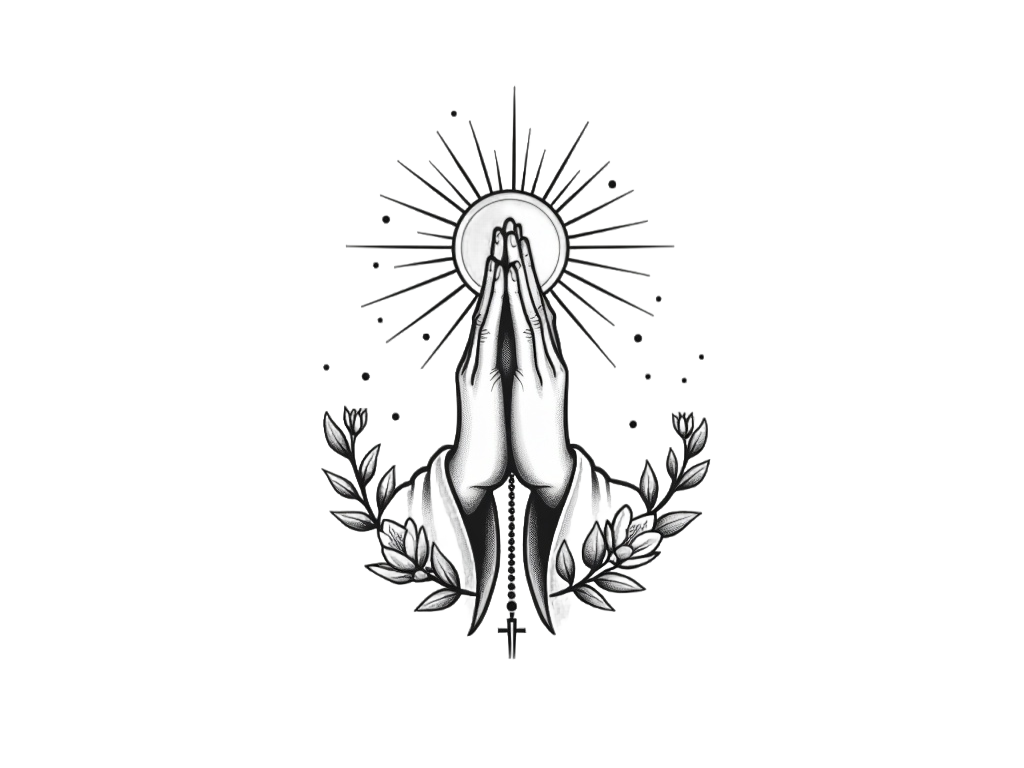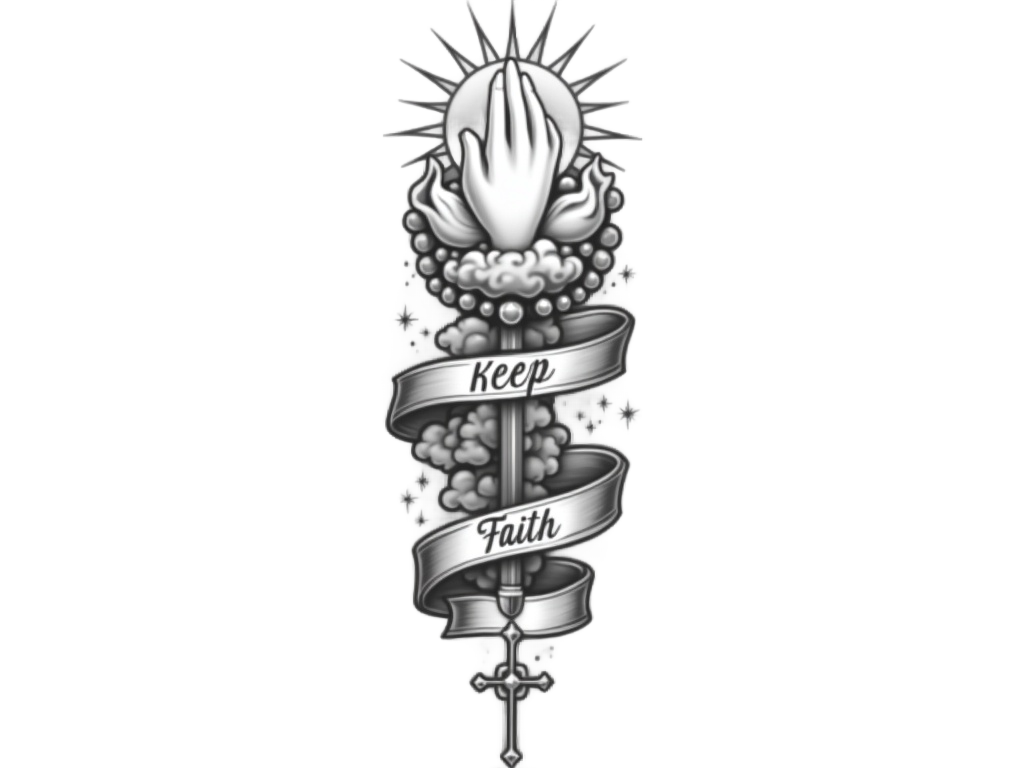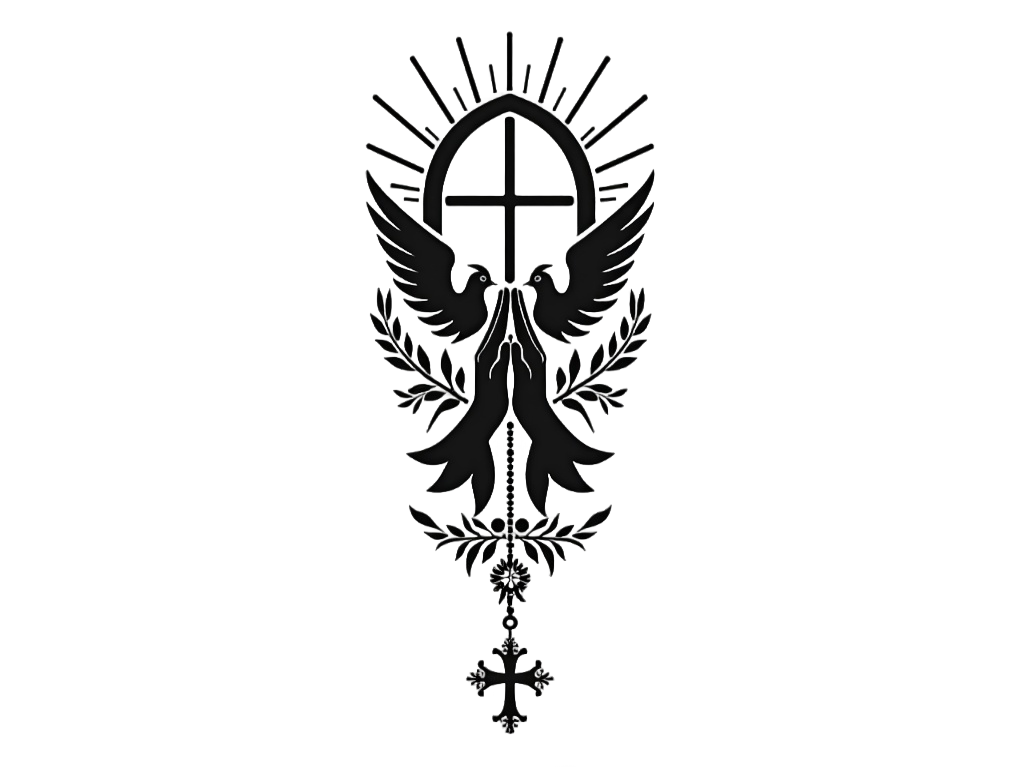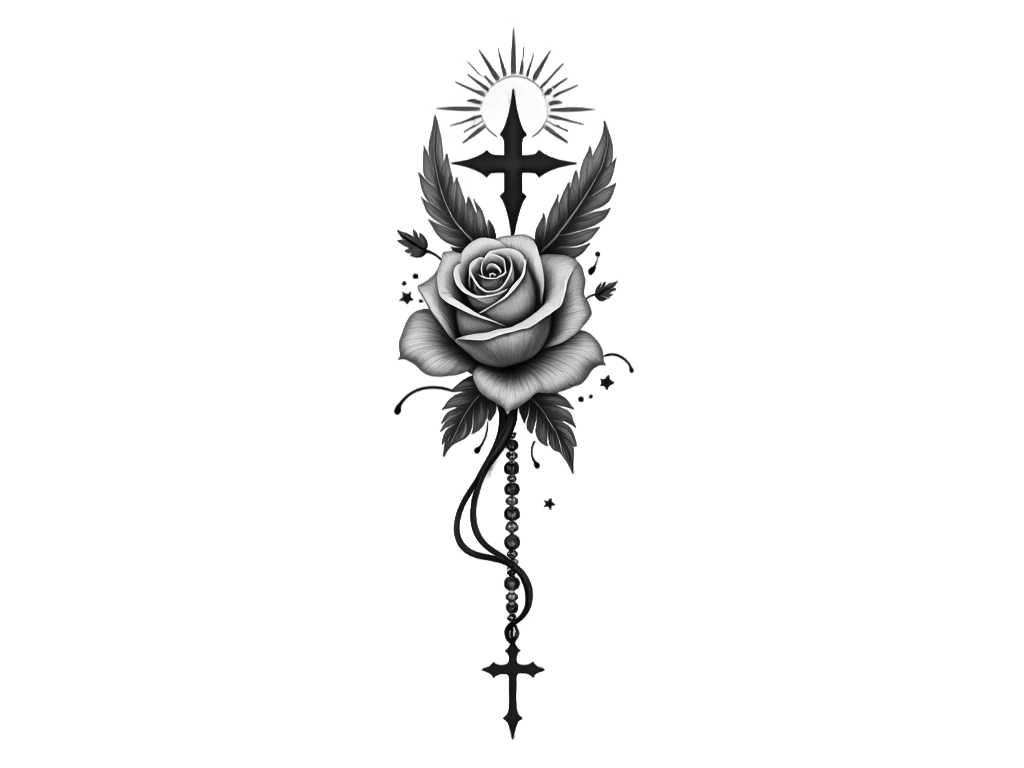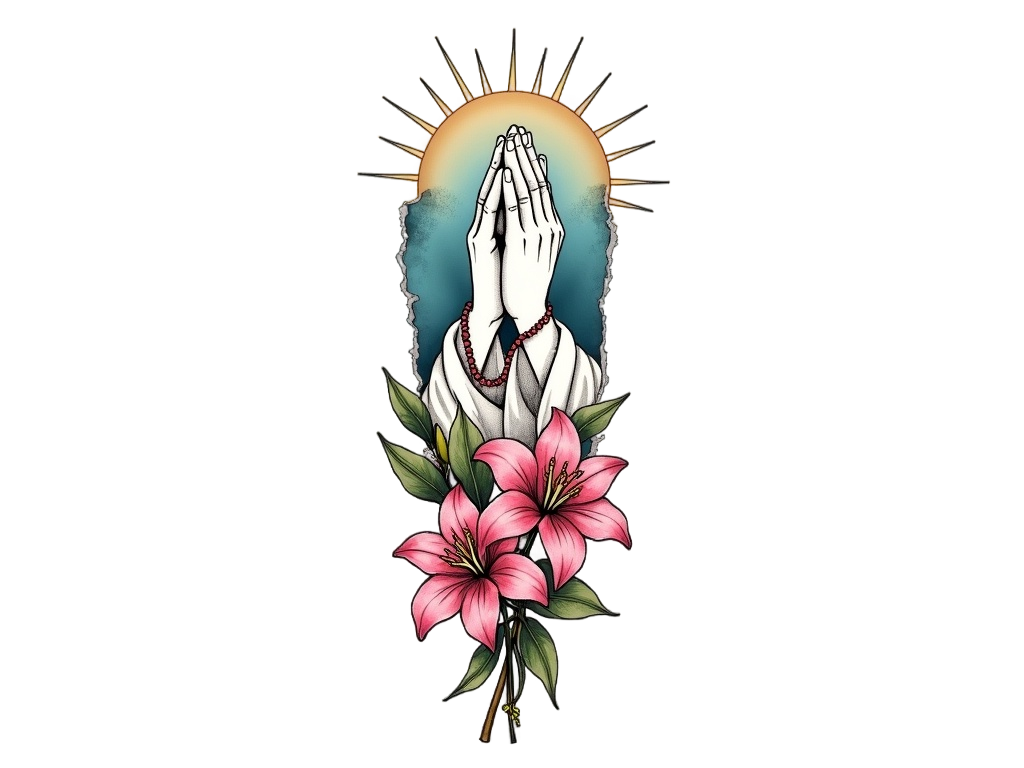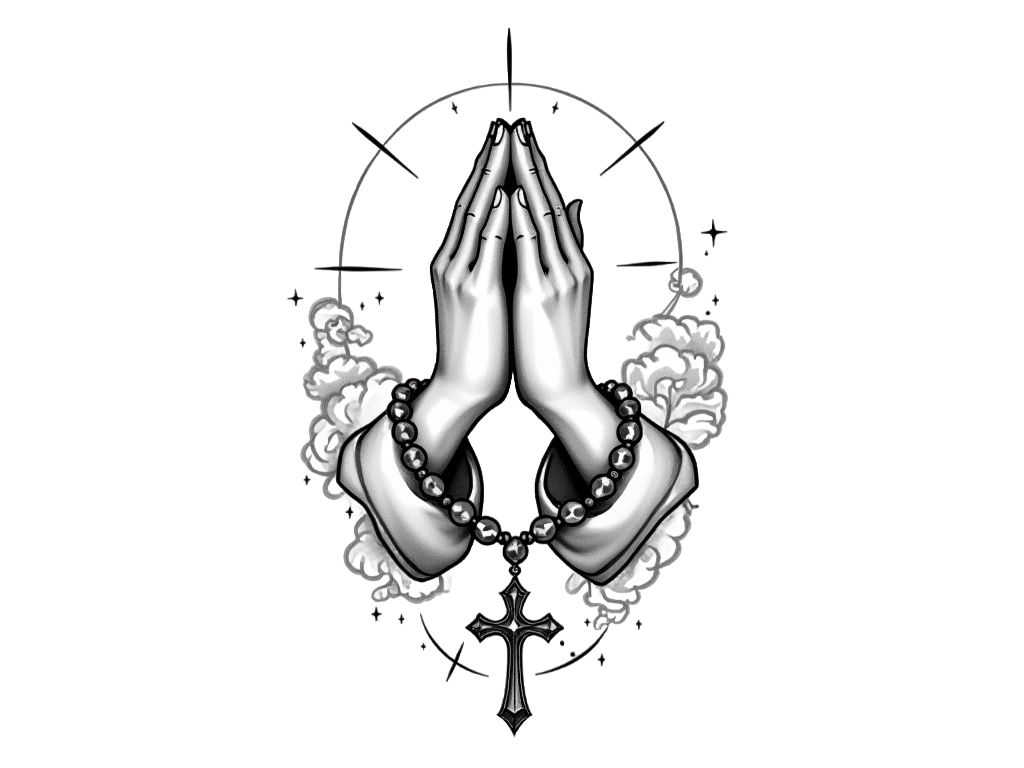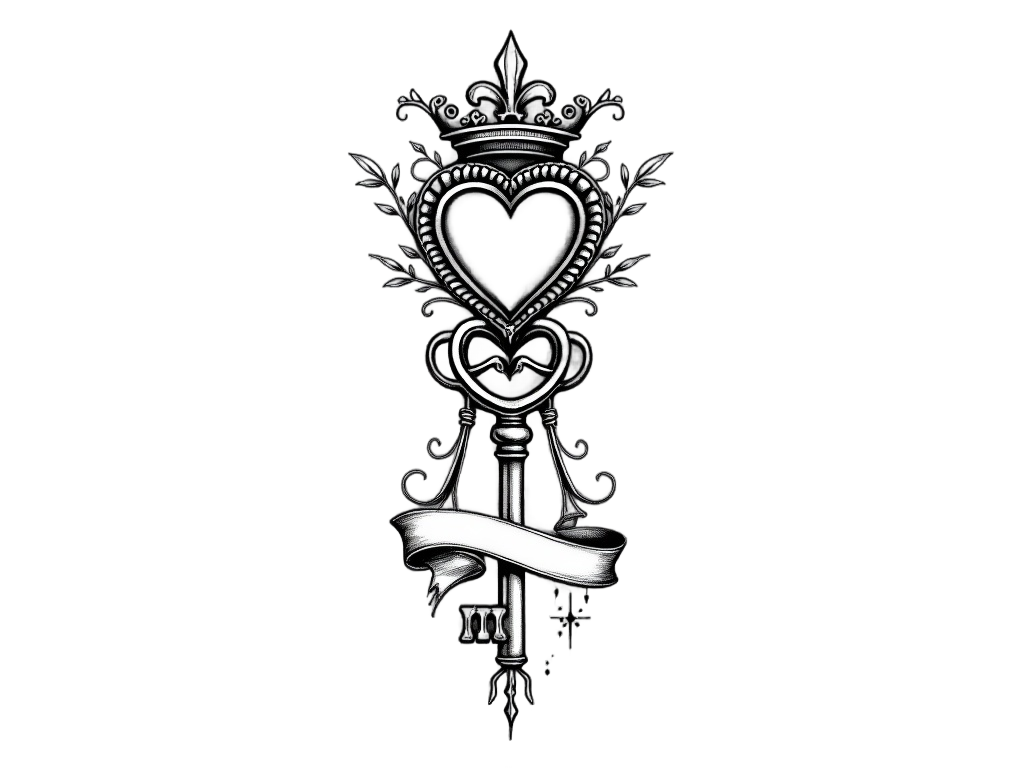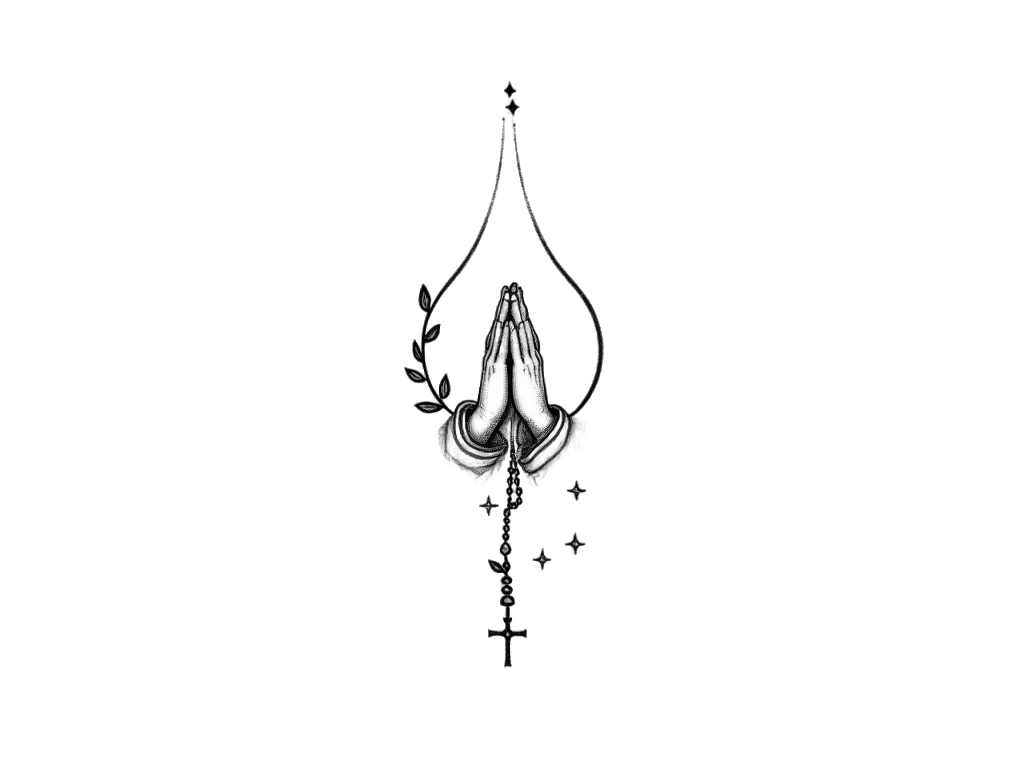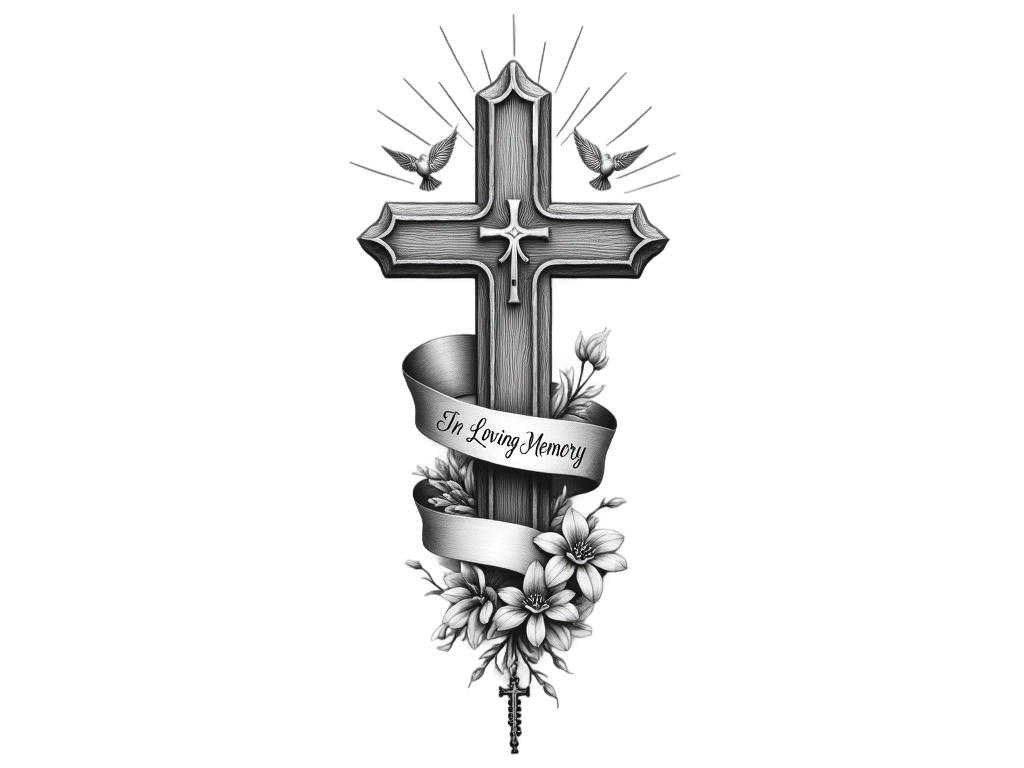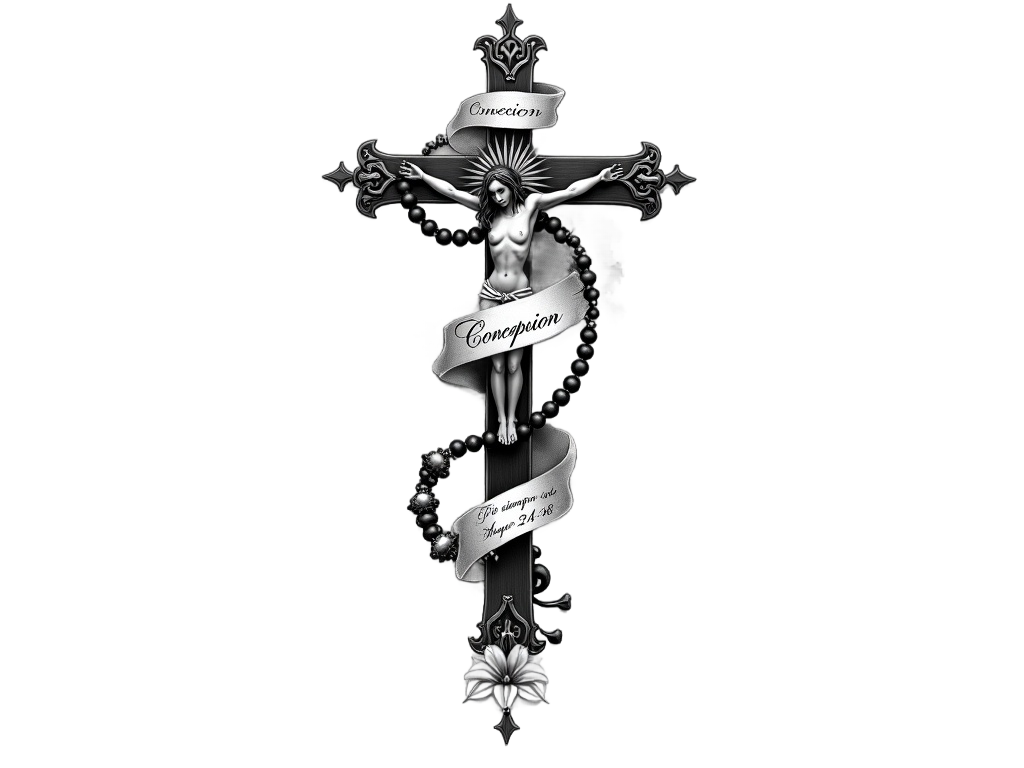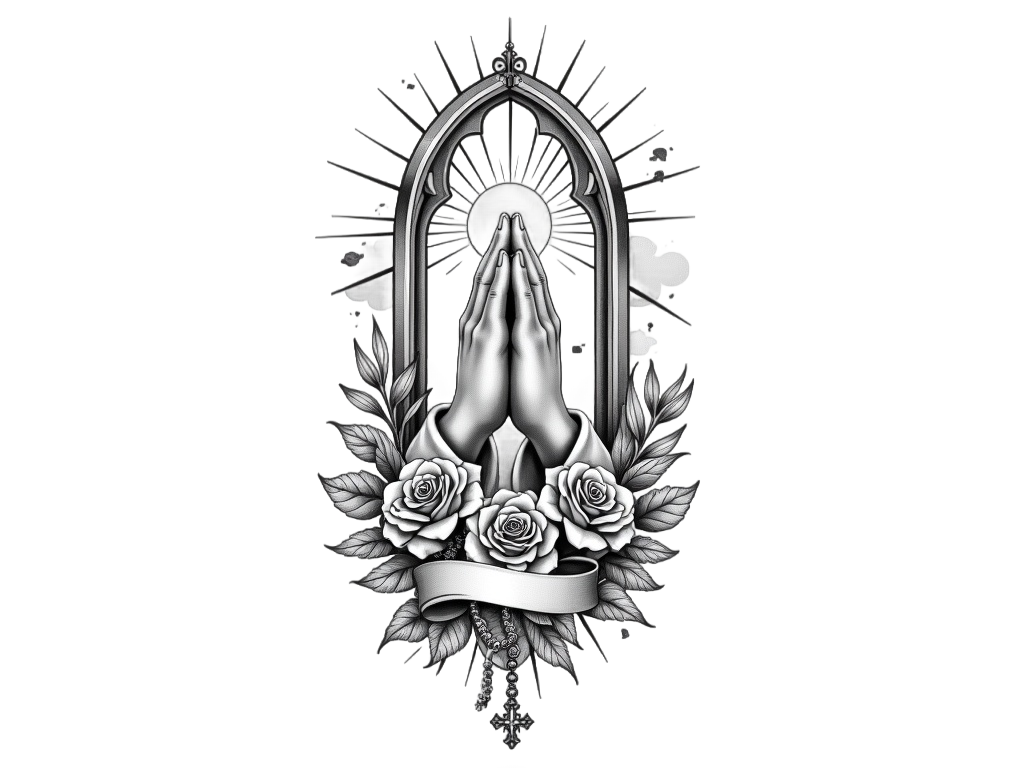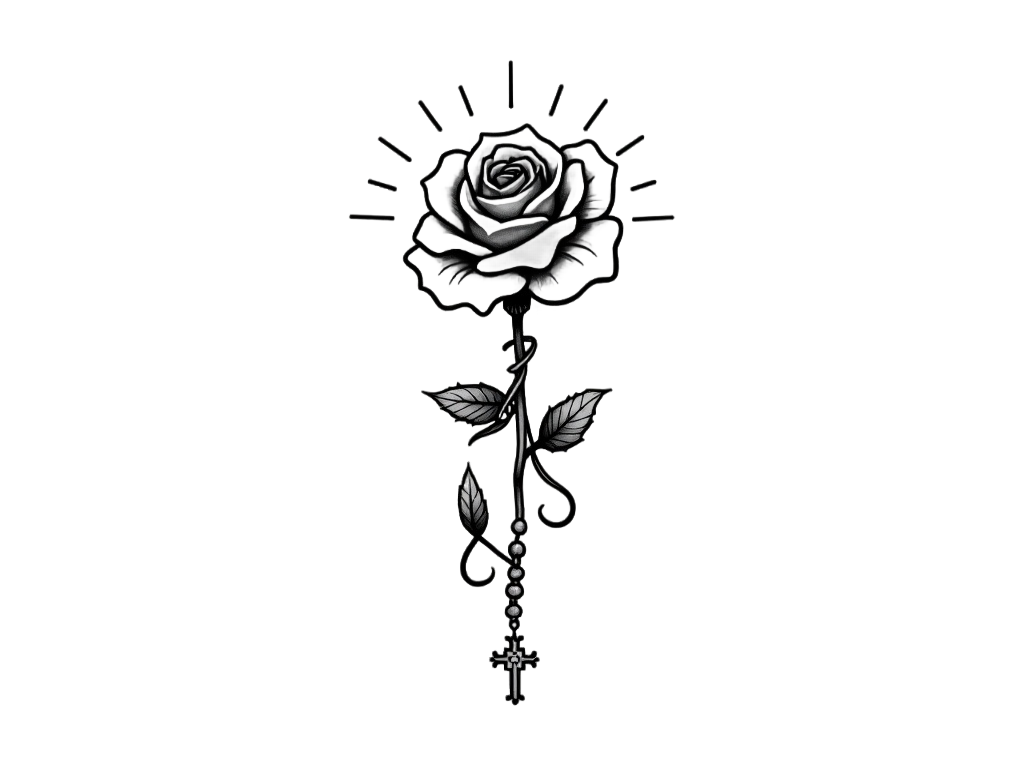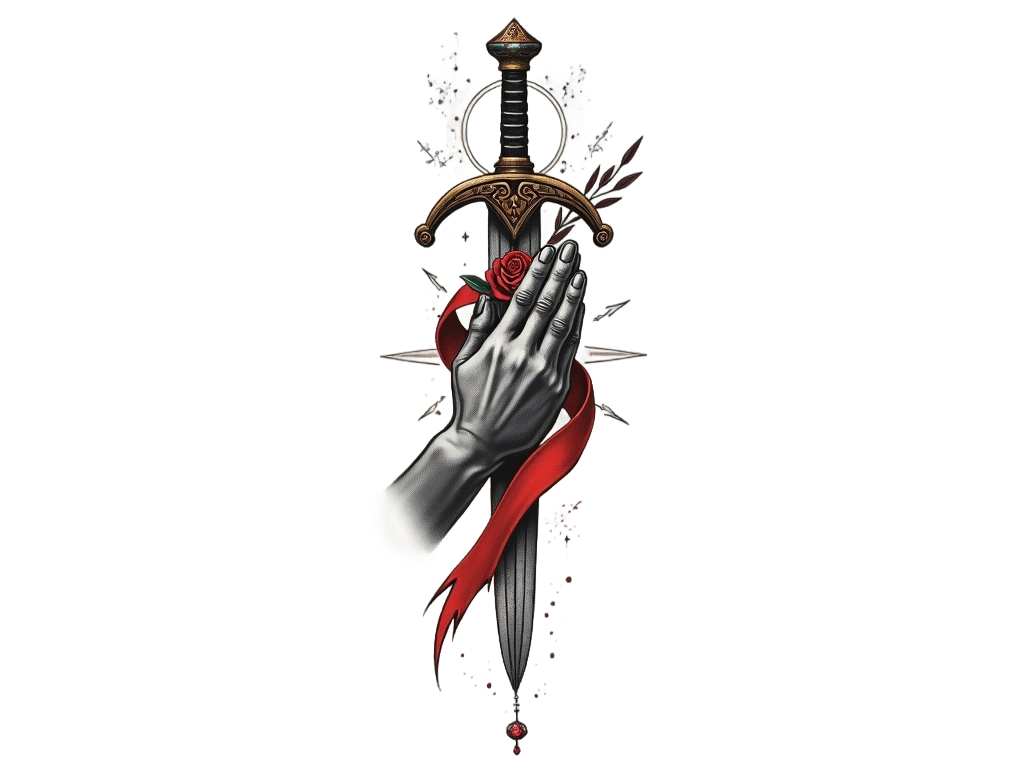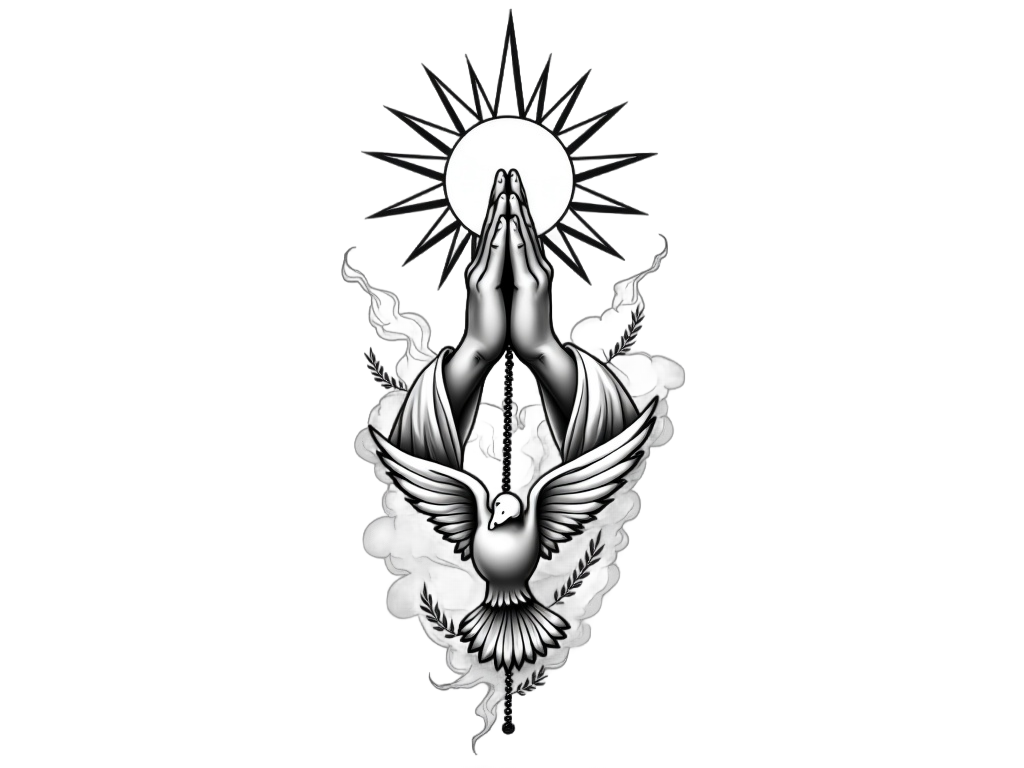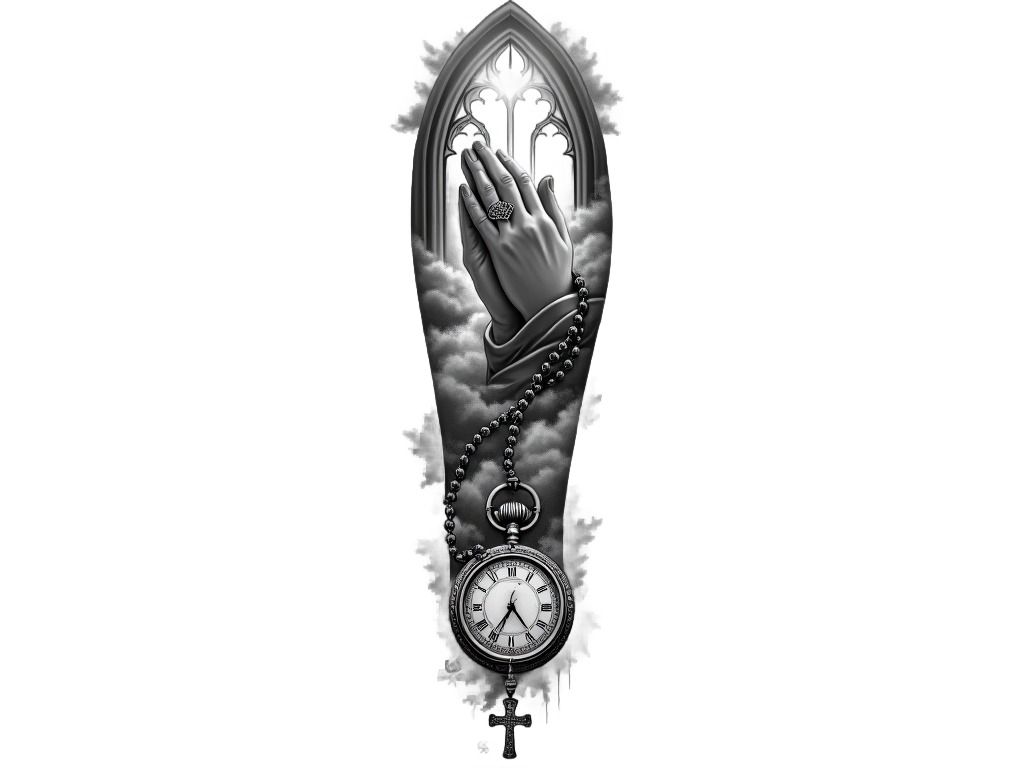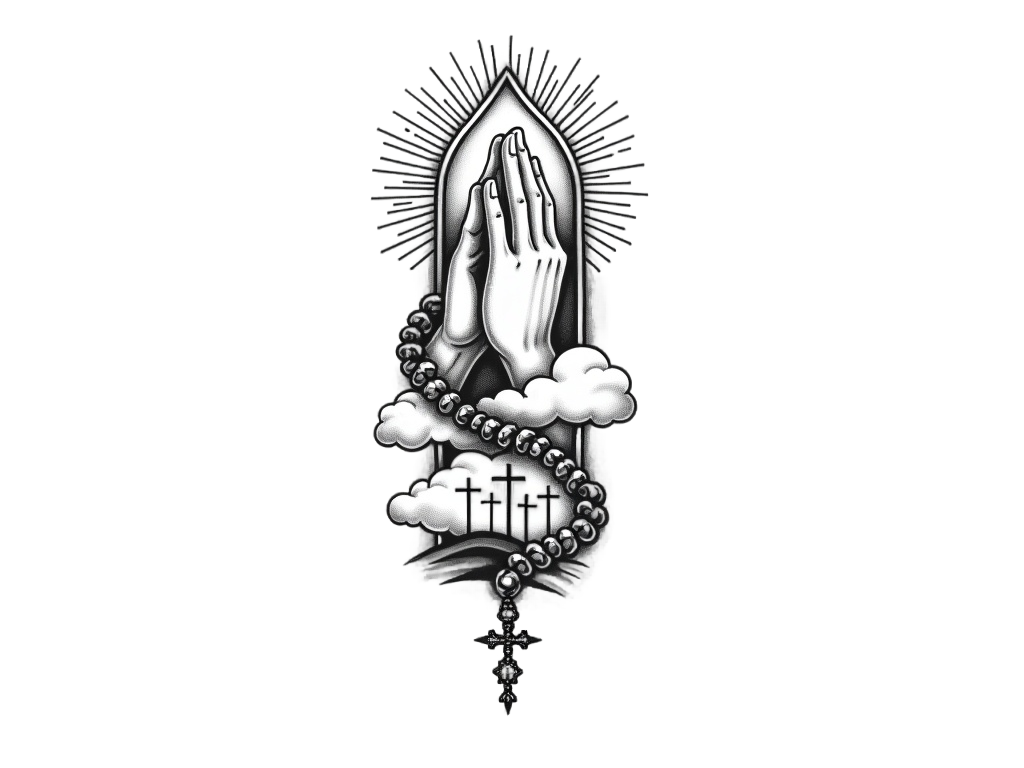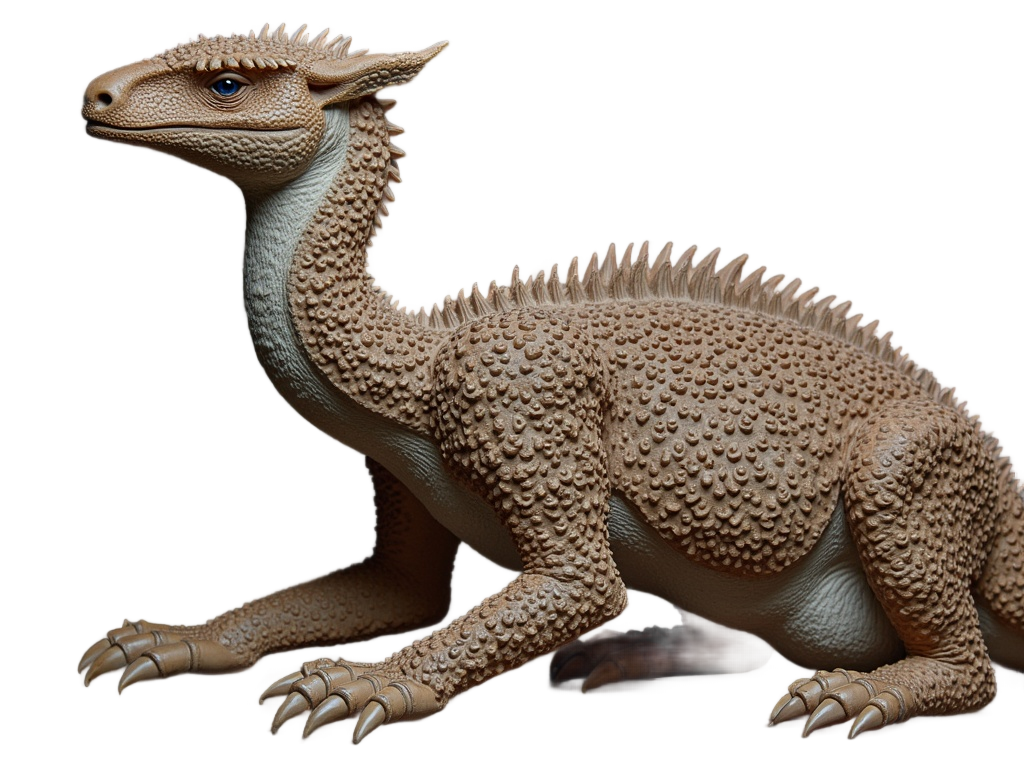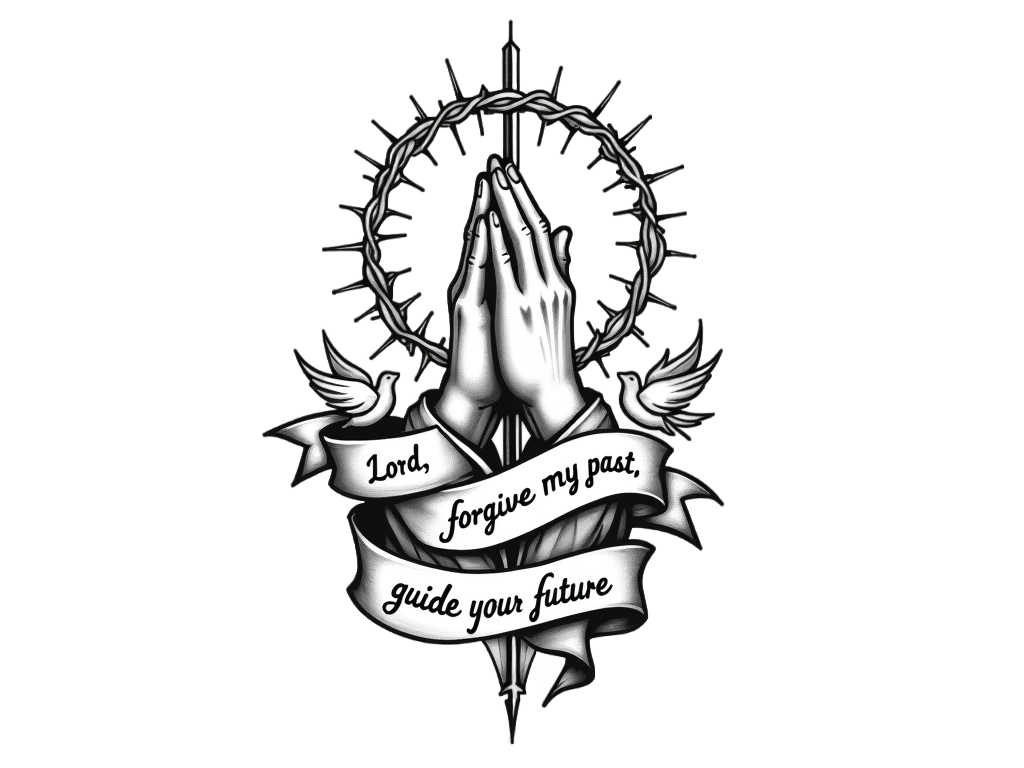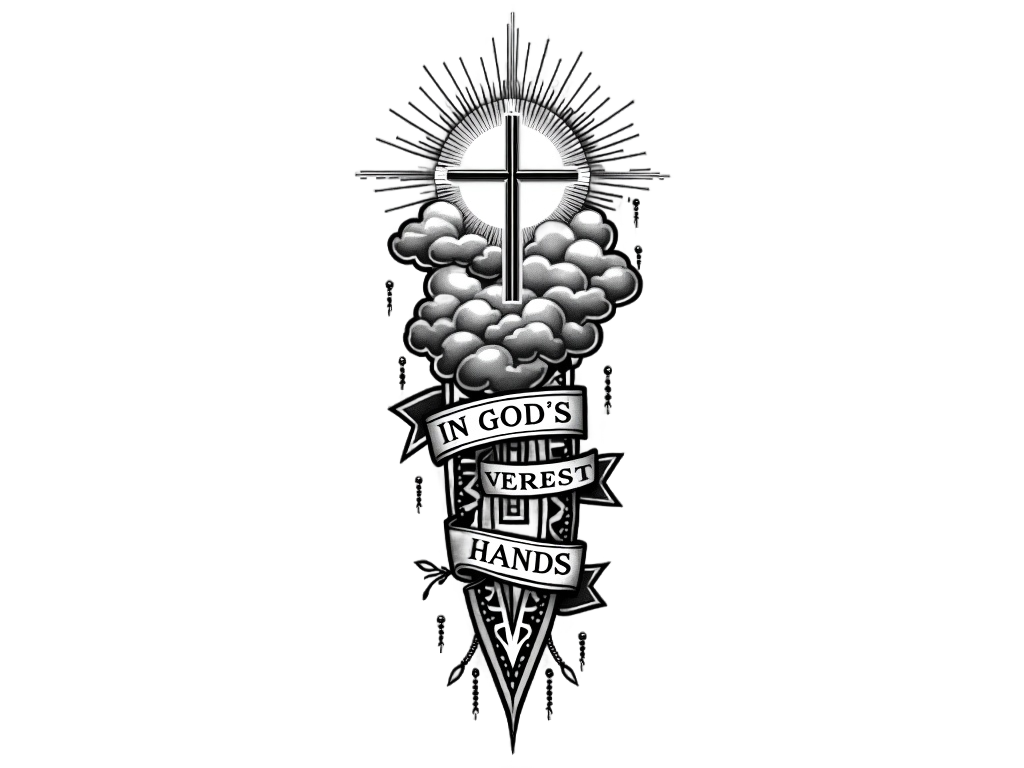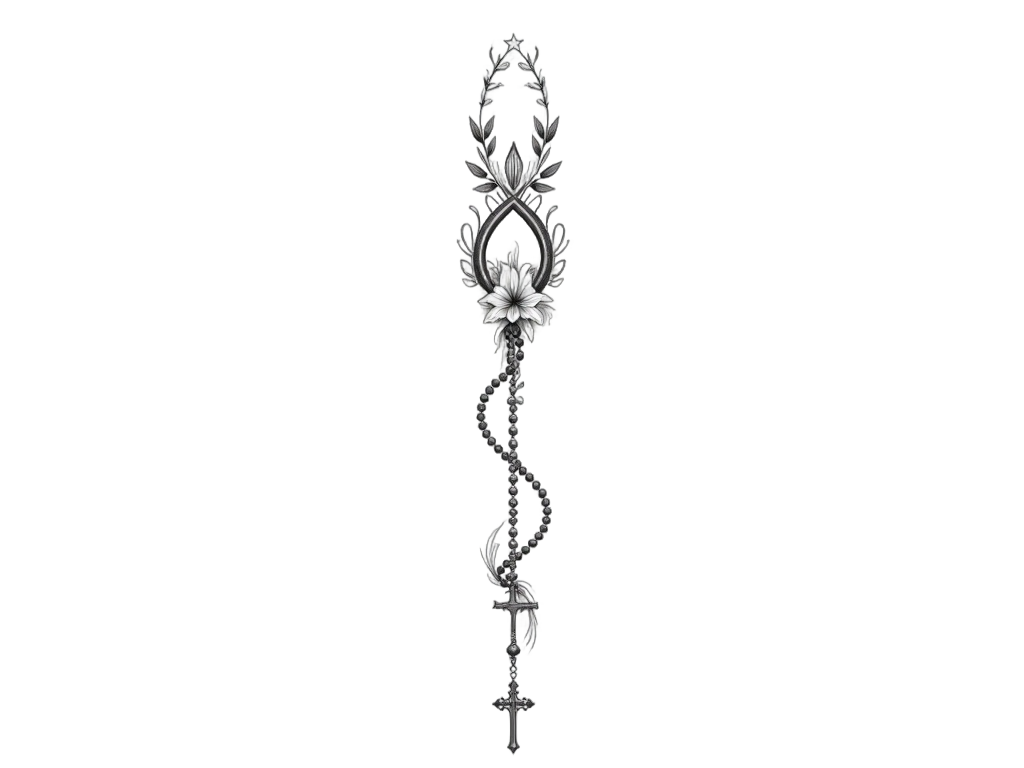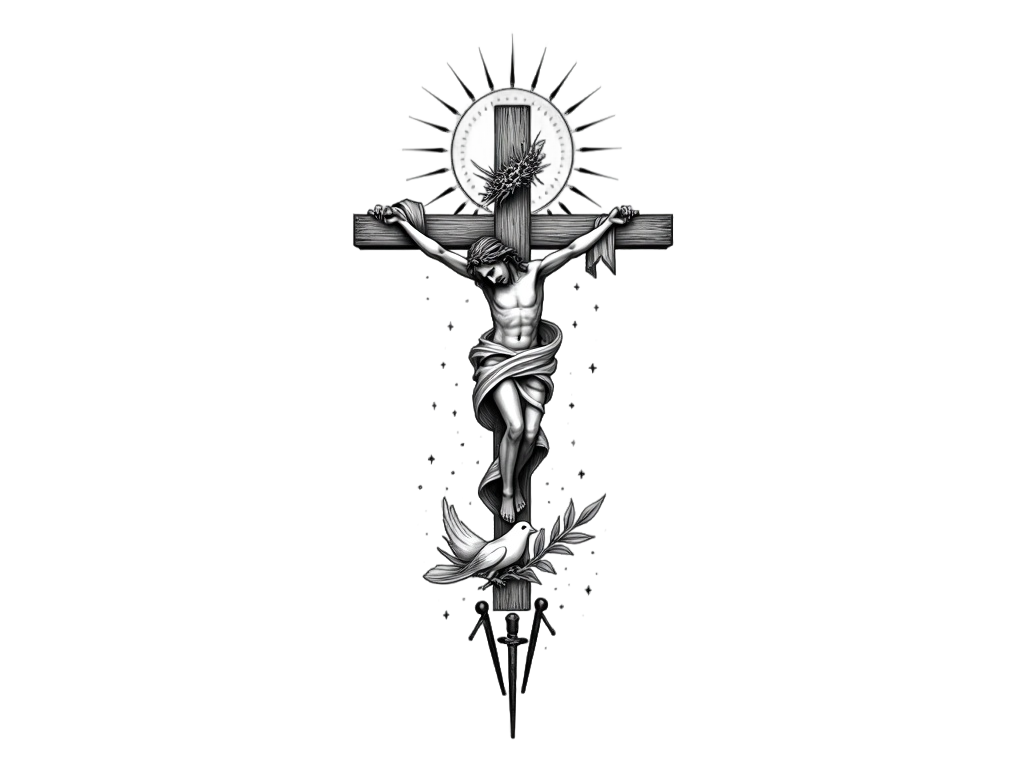Praying hands Tattoo Ideas, Designs and Meaning
Meaning of Praying hands Tattoos
- Praying hands tattoos are commonly associated with faith, spirituality, and devotion, often symbolizing a person's connection to their religious beliefs.
- This tattoo design is frequently linked to Christianity, representing prayer, hope, and the act of seeking divine guidance or intervention.
- Historically, the image of praying hands can be traced back to the famous artwork by Albrecht Dürer, which has become an iconic representation of piety and humility.
- Culturally, praying hands tattoos can signify gratitude, remembrance, or a tribute to a loved one, often serving as a personal reminder of one's values or life experiences.
- The tattoo is popular among both men and women, and it can be placed on various body parts, with common locations including the forearm, chest, or back.
- Praying hands tattoos can be designed in various styles, from realistic and detailed to minimalist and abstract, allowing for personal expression and customization.
- In some cases, additional elements like rosary beads, crosses, or scripture may be incorporated into the design to enhance its religious or personal significance.
2,552 Tattoo Ideas
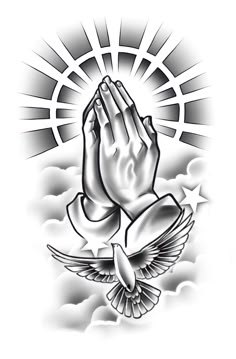

49 Praying hand tattoo ideas in 2025 | praying hands tattoo, sleeve tattoos, hand tattoos
Selection from Pinterest
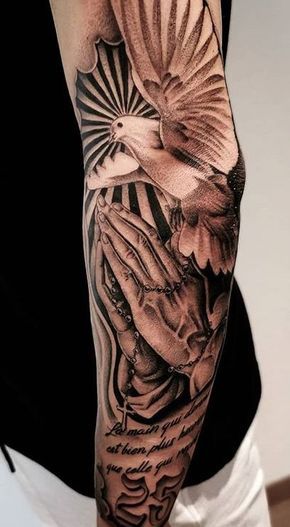

100 Amazing Praying Hands Tattoos Ideas & Meanings – Ultimate Collection - Tattoo Me Now
Selection from Pinterest
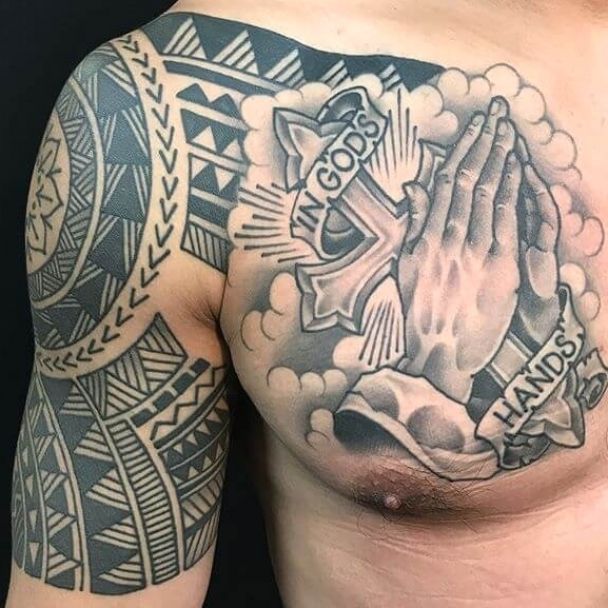

75 Hand Praying Tattoo Designs for Men | Improb
Selection from Pinterest
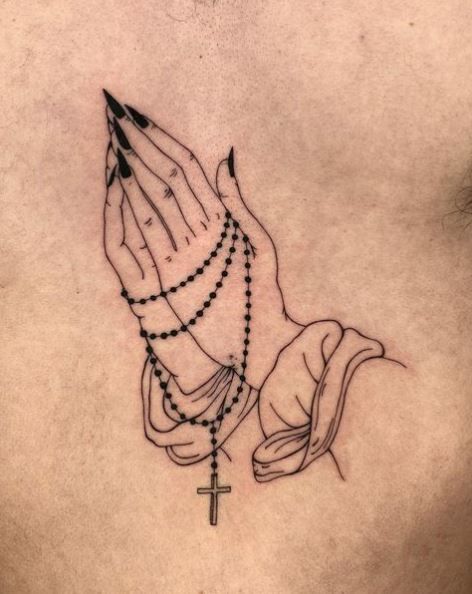

80 Praying Hands Tattoo Ideas To Put Your Faith In | Hand tattoos, Cute hand tattoos, Praying hands tattoo design
Selection from Pinterest
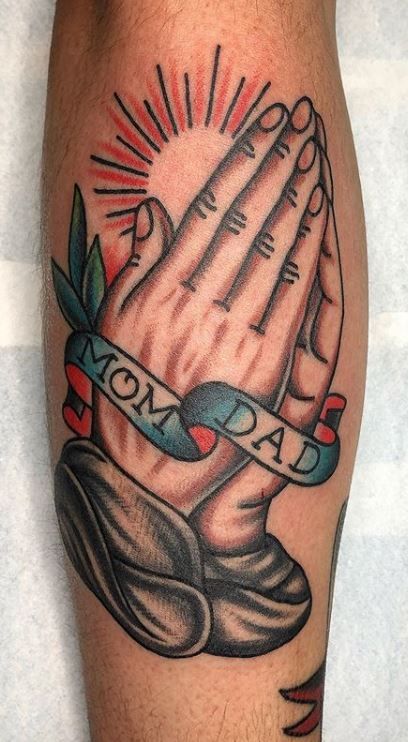

100 Amazing Praying Hands Tattoos Ideas & Meanings – Ultimate Collection - Tattoo Me Now
Selection from Pinterest
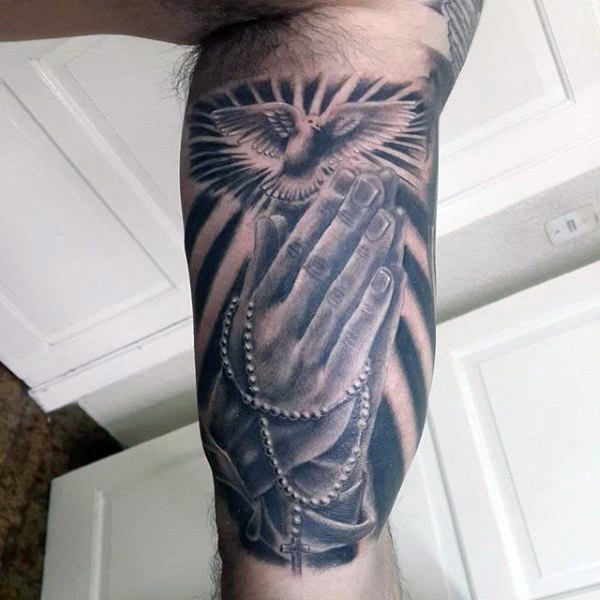

63 Praying Hands Tattoo Designs
Selection from Pinterest
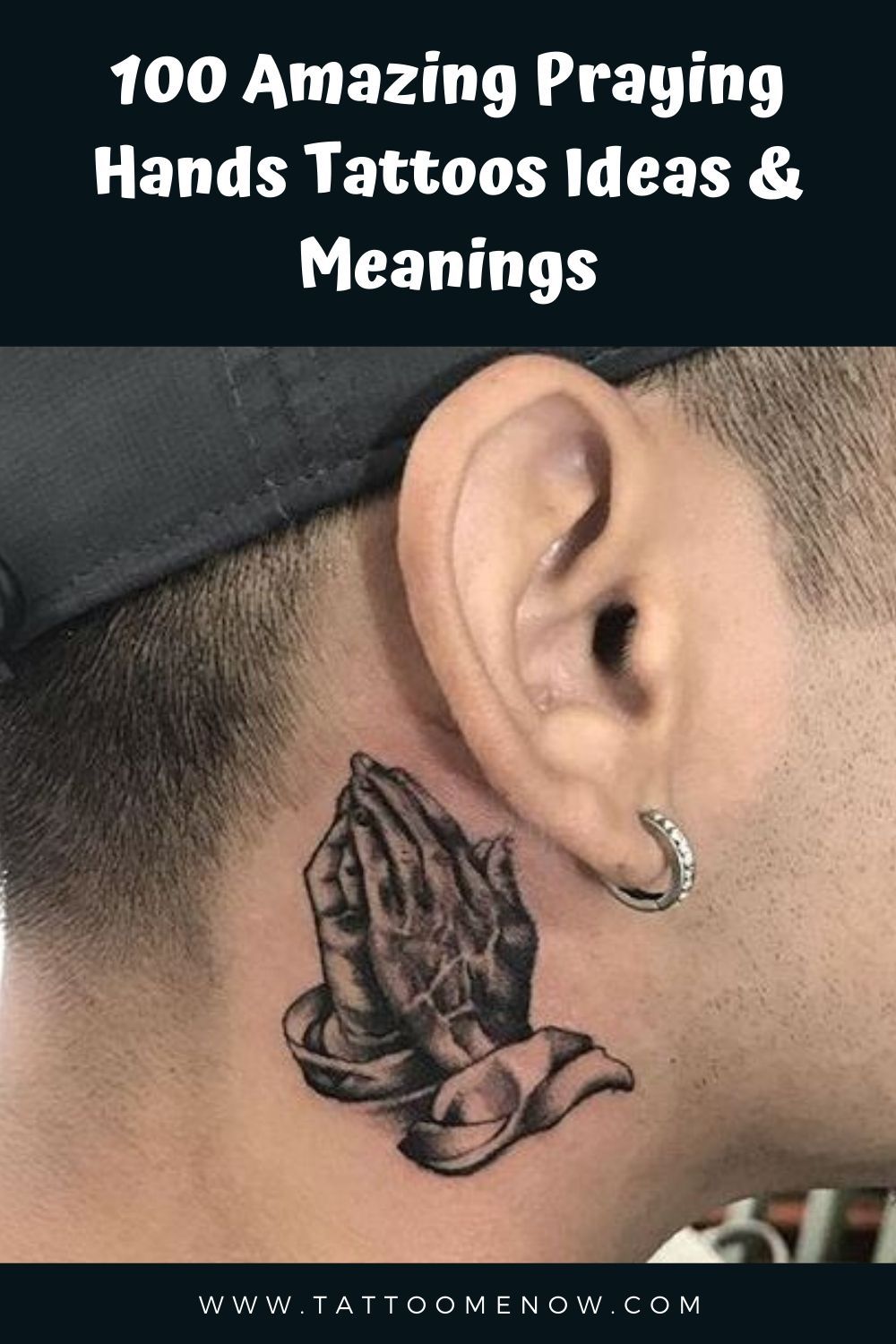

100 Amazing Praying Hands Tattoos Ideas & Meanings
Selection from Pinterest
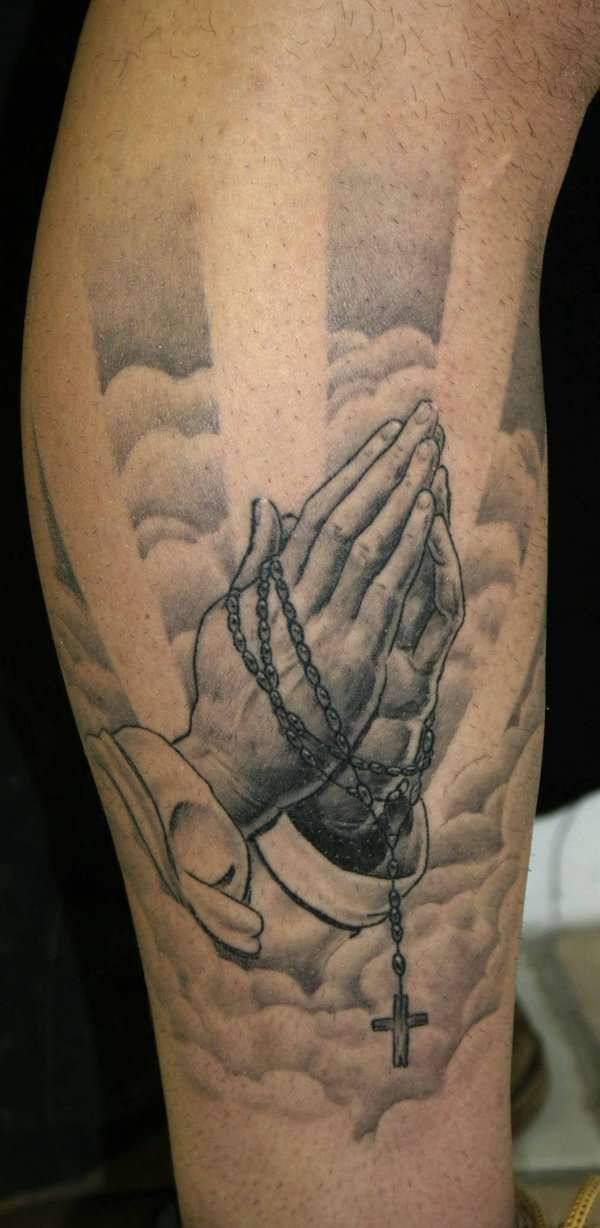

Praying Hands with Rosary Beads tattoo
Selection from Pinterest
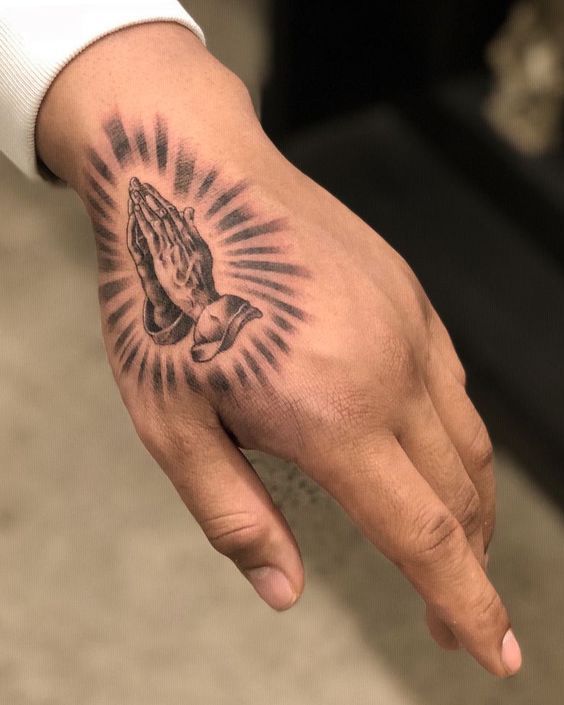

Top 55 Ideas for a Tattoo With Praying Hands
Selection from Pinterest


65 Unique Praying Hands Tattoo Ideas
Selection from Pinterest
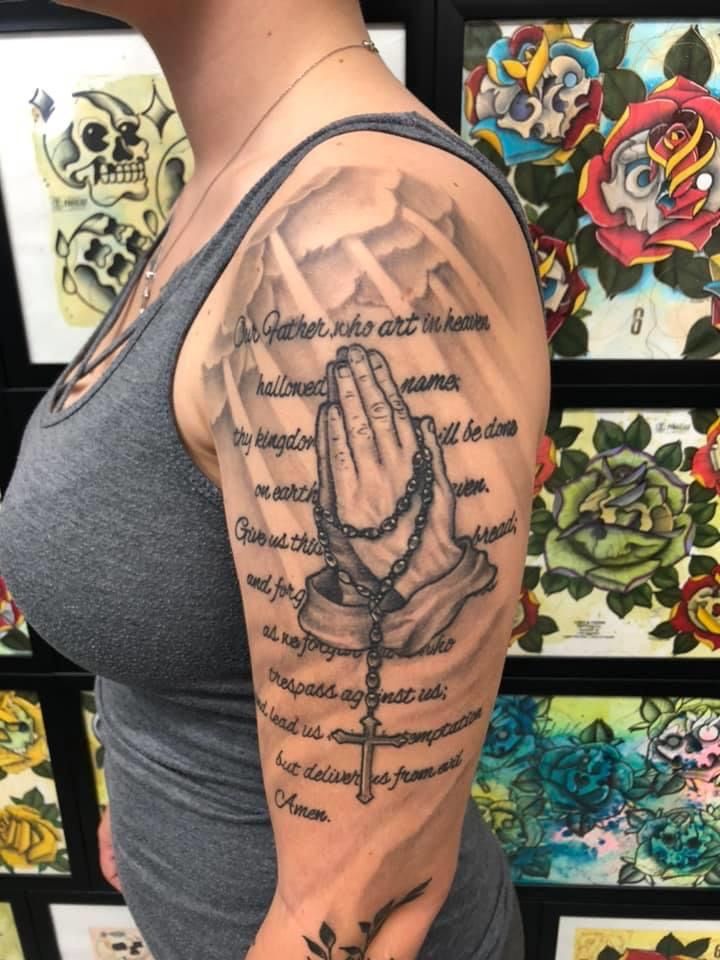

The Lord's Prayer tattoo
Selection from Pinterest
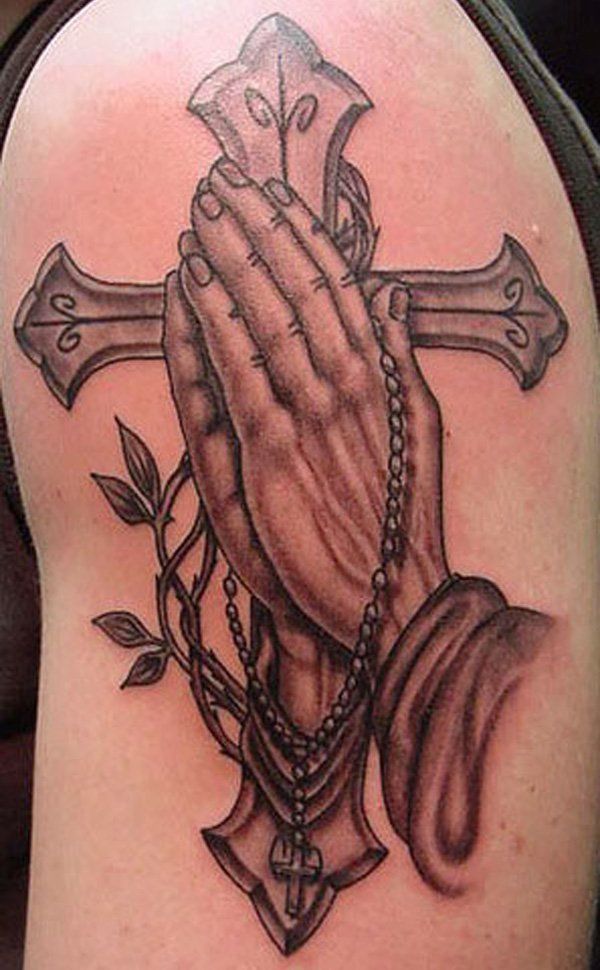

50 Awesome Praying Hands Tattoos | Art and Design
Selection from Pinterest
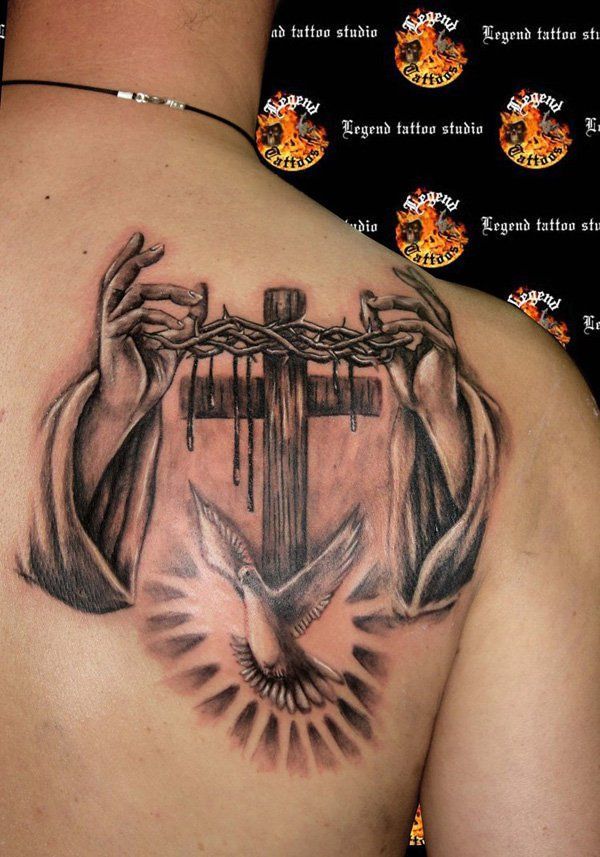

50 Awesome Praying Hands Tattoos | Art and Design
Selection from Pinterest
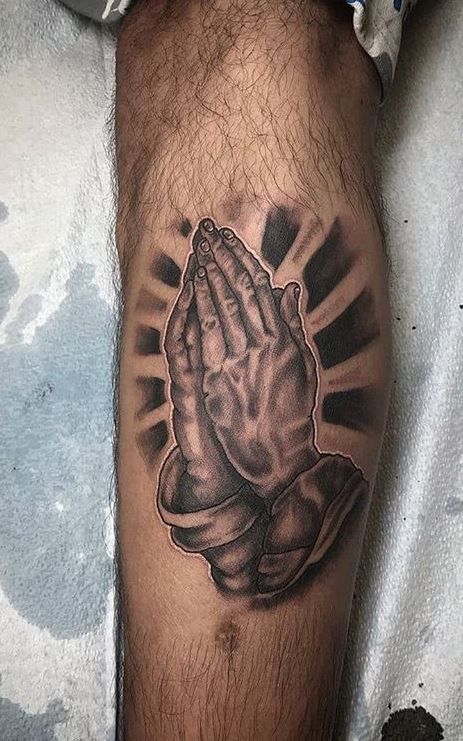

100 Amazing Praying Hands Tattoos Ideas & Meanings – Ultimate Collection - Tattoo Me Now
Selection from Pinterest
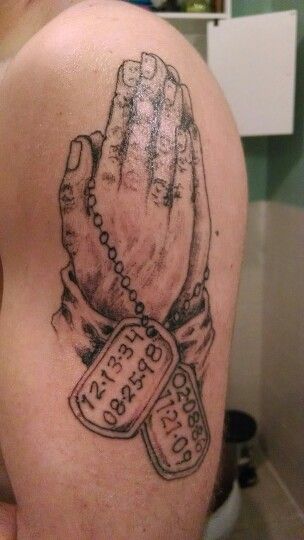

Pin by Mary Hillsman on tattoo ideas | Dog tags tattoo, Hand tattoos, Tattoos
Selection from Pinterest
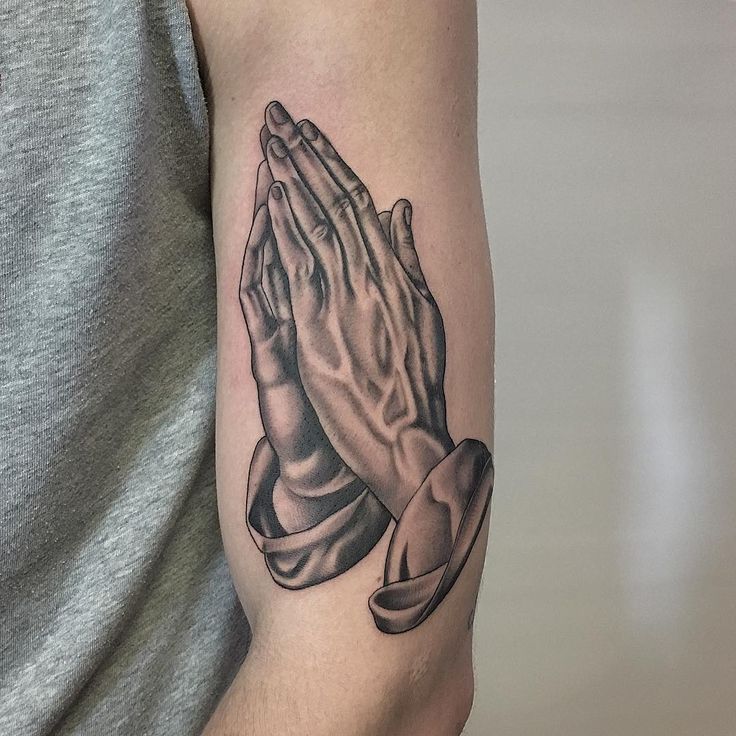

awesome 60 Praying Hands Tattoo Designs - Show Your Devoutness and Religious Belief Check more at http://stylemann.com/best-praying-hands- tattoo-designs/
Selection from Pinterest
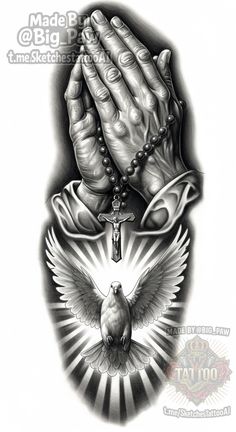

49 Praying hand tattoo ideas in 2025 | praying hands tattoo, sleeve tattoos, hand tattoos
Selection from Pinterest
![Top 35 Best Praying Hands Tattoo Designs [2023]](https://static.tatship.com/idea-page-posts/d1dec737-e24e-4964-bdf4-39fde87d1345.jpg)

Top 35 Best Praying Hands Tattoo Designs [2023]
Selection from Pinterest
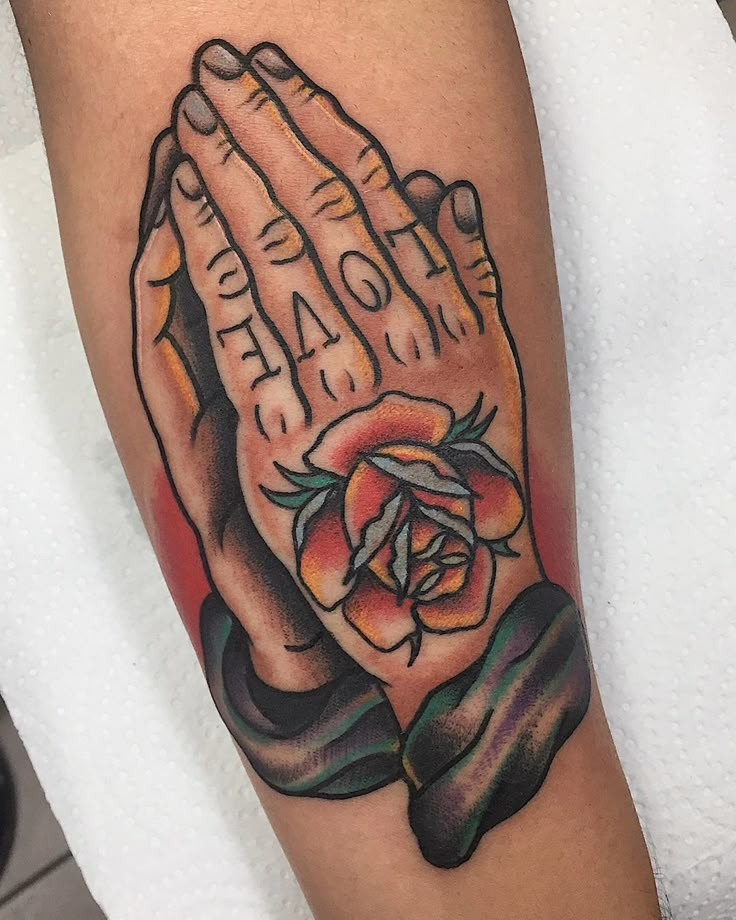

101 Amazing Praying Hands Tattoos For 2024!
Selection from Pinterest
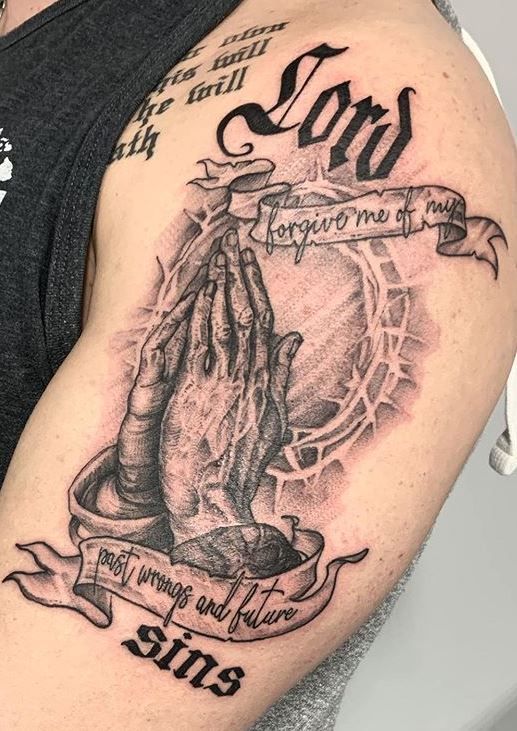

100 Amazing Praying Hands Tattoos Ideas & Meanings – Ultimate Collection - Tattoo Me Now
Selection from Pinterest
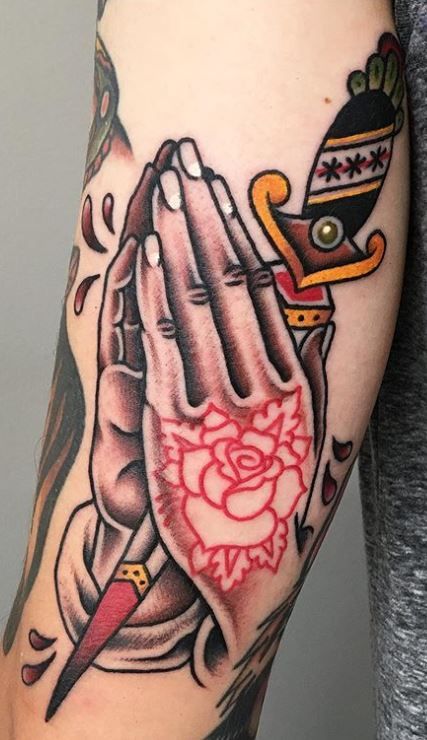

100 Amazing Praying Hands Tattoos Ideas & Meanings – Ultimate Collection - Tattoo Me Now
Selection from Pinterest
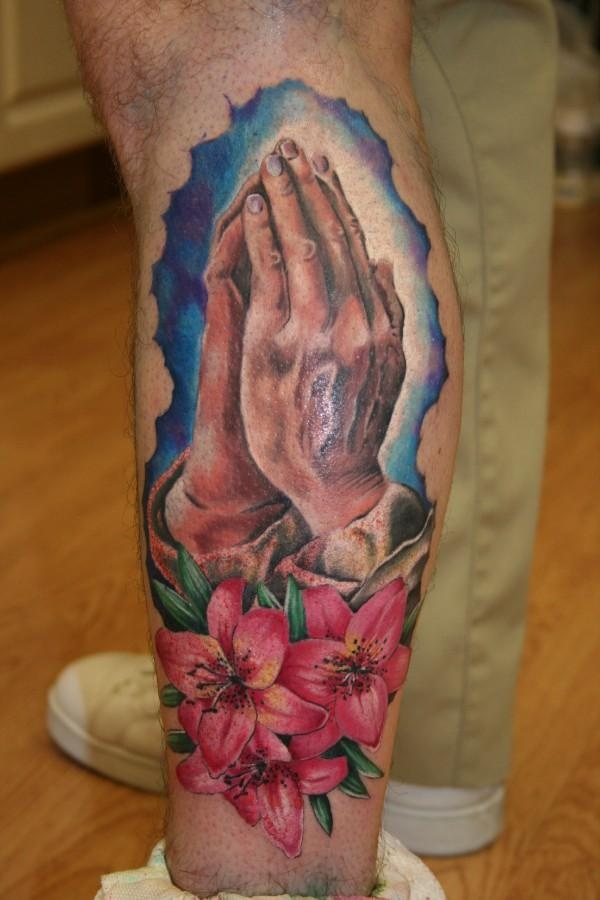

prayer hand i like very much. See also here http://www.ido-doi.com/personalized-post-praying-hands/
Selection from Pinterest


63 Praying Hands Tattoo Designs
Selection from Pinterest
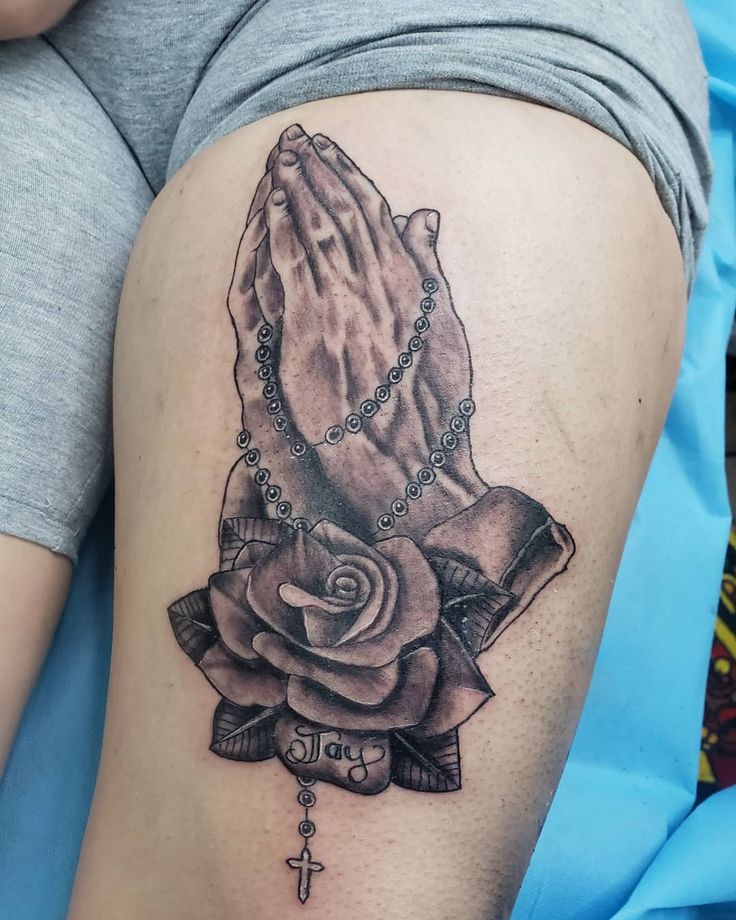

101 Amazing Praying Hands Tattoos For 2024!
Selection from Pinterest
One App to Store All Your Tattoo Ideas
Store your tattoo ideas in one place and Virtual Try-On them on your body!

Avoid Regrets with 3D Virtual Try-On!
Do a 3D Virtual Try-On to see how your tattoo design looks like on your body before you get it tattooed. Powered by Tatship's AI and 3D technology.



Cultural Considerations and Taboos for Praying hands Tattoos
While the praying hands tattoo is generally well-received, there are cultural sensitivities to consider. In some religious communities, tattoos may be frowned upon or considered disrespectful, especially if they are perceived as trivializing sacred symbols. It's important to approach this tattoo with respect for its spiritual significance and to be mindful of how it might be perceived by others, particularly in conservative or traditional settings. Additionally, incorporating religious symbols or imagery from a culture that is not one's own can be seen as cultural appropriation, so it's crucial to understand and respect the origins and meanings of the symbols used.
Popular Tattoo Styles and Variations for Praying hands Tattoos
Praying hands tattoos can be rendered in various styles, each offering a unique interpretation of this timeless symbol. Realistic or hyper-realistic styles capture intricate details, creating a lifelike representation of hands in prayer. Traditional or old-school styles use bold lines and vibrant colors, often incorporating additional elements like rosary beads, crosses, or doves. Black and grey styles offer a more subdued and classic look, focusing on shading and contrast to create depth. Minimalist or line-art styles provide a modern take, using simple lines and shapes to convey the essence of the symbol. Some variations include adding personal elements such as names, dates, or quotes to enhance the tattoo's personal significance.
Historical Origins and Evolution of Praying hands Tattoos
The image of praying hands has a rich historical background, with one of the most famous depictions being Albrecht Dürer's 'Praying Hands,' a pen-and-ink drawing created in the early 16th century. This artwork has become an iconic representation of devotion and humility, influencing countless interpretations in various art forms, including tattoos. The gesture of praying hands itself has ancient roots, appearing in religious texts and iconography across different cultures and time periods. It has been a universal symbol of prayer, reverence, and spiritual connection, transcending cultural and religious boundaries.
